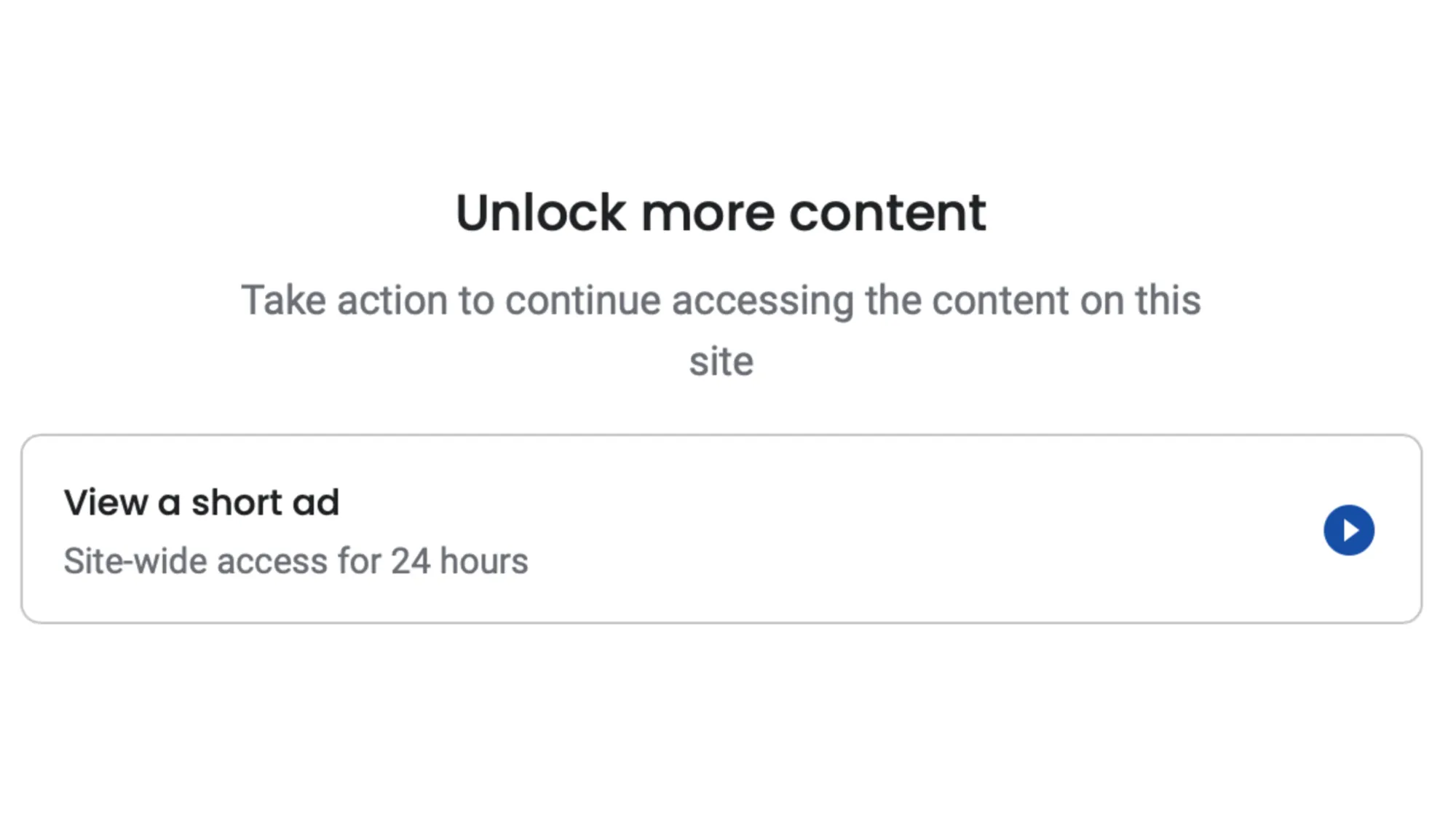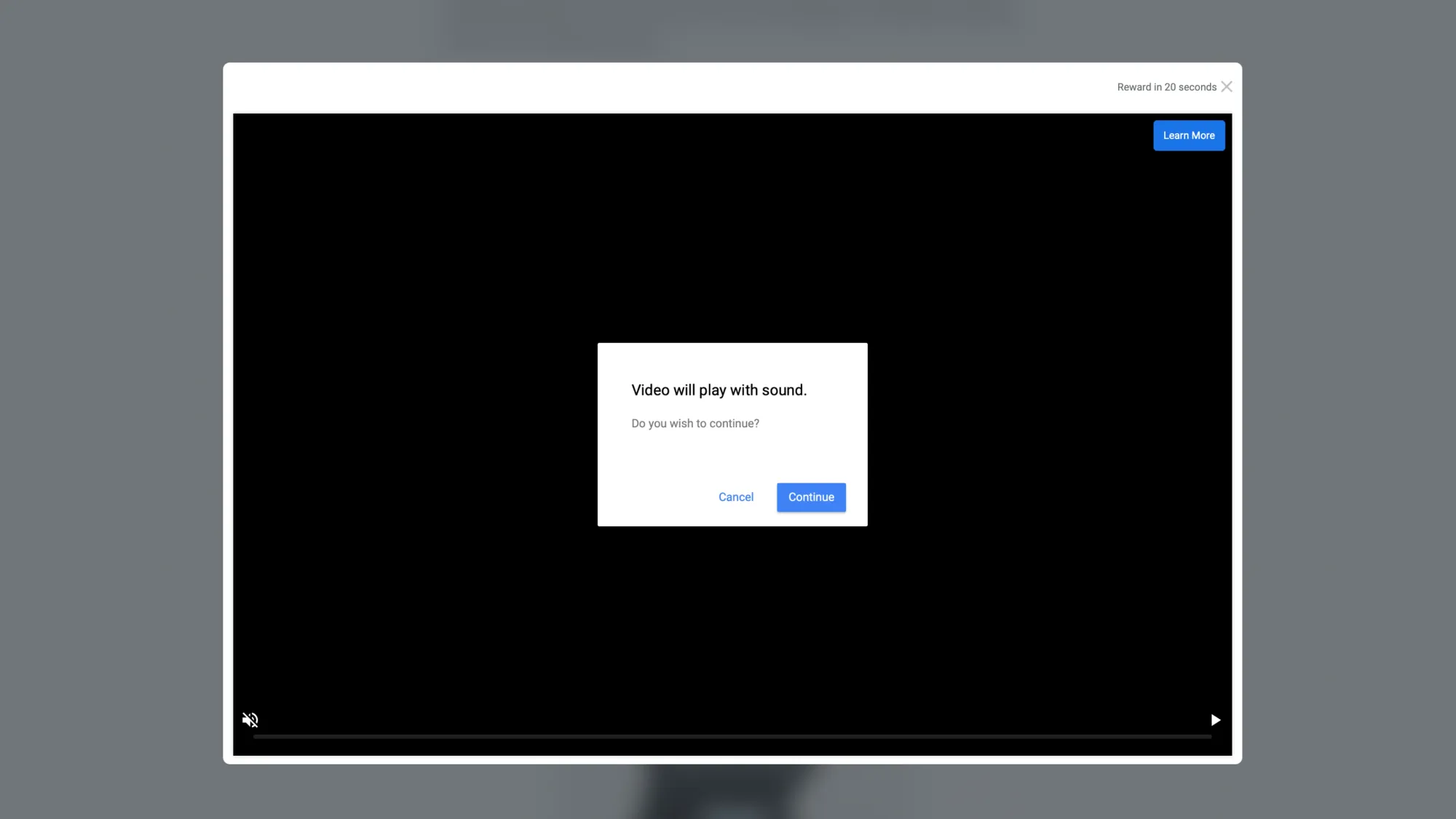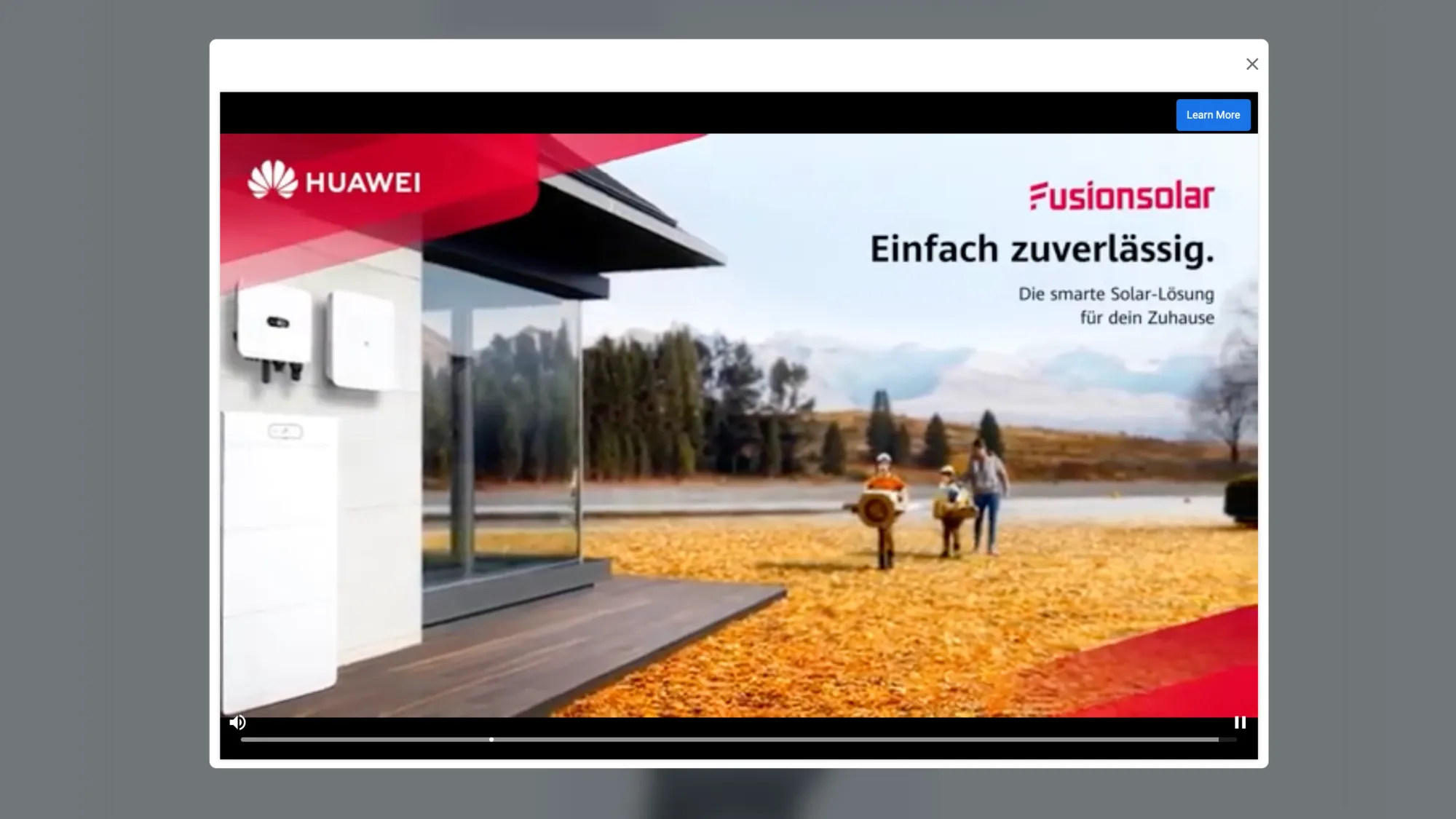Google AdSense tests new offerwall system to monetize content through rewarded ads
Publishers report mixed results from Google's beta feature that lets visitors watch ads to access content, raising questions about UX.

In a significant development for digital publishers, Google AdSense has introduced a beta version of Offerwall messages, according to documentation shared in the AdSense Help Center. The system, which became available to publishers in early 2024, allows website owners to implement a mechanism where visitors can watch short advertisements in exchange for continued access to content.
According to the AdSense documentation, the Offerwall message system contains multiple screens that publishers can configure through the Privacy & messaging builder. The core functionality revolves around presenting site visitors with the option to view a rewarded ad, which typically consists of a short video advertisement.
Technical implementation details reveal that publishers can customize several parameters of the system. The frequency threshold determines how many page views trigger the Offerwall appearance. According to forum discussions from March 2024, publishers experimenting with different settings found that setting the threshold to four page views showed better results than lower numbers.

The system includes sophisticated page targeting capabilities. Publishers can specify page inclusions and exclusions using URL patterns. According to Google's documentation, exclusions override inclusions, allowing precise control over where the Offerwall appears. For example, if a publisher sets "path-include /articles/" but adds "page-exclude /articles/my-public-article", the Offerwall will appear on all article pages except the specifically excluded one.
Early adoption data from forum discussions shows mixed results. According to a publisher posting under the username Sissi on WebmasterWorld, implementation across 20% of their websites resulted in a 10% revenue increase after one month of testing. However, another publisher identified as CommandDork reported "meager" benefits considering the interface takeover.
The platform includes built-in safeguards to prevent excessive ad exposure. According to the technical documentation, each visitor's threshold count resets 30 days after their first page view. Additionally, pageviews where users have already gained access through completing a user choice do not count toward the threshold.
Implementation challenges have emerged. Multiple publishers reported a technical bug in April 2024 that prevented editing existing Offerwall configurations or creating new ones. A workaround was discovered that involved saving changes as drafts before publishing, according to forum discussions.
User experience considerations have sparked debate in the publishing community. One publisher reported receiving complaints about forced video advertisements, particularly regarding content sensitivity. The publisher responded by explaining server costs and positioning the 30-second time investment as reasonable for accessing free content.

The system includes several technical limitations. According to the documentation, the Offerwall only displays when rewarded ad inventory is available. If no suitable advertisement exists during a page view, the system defers showing the Offerwall until the next qualifying page view with available inventory.
Language support for the feature is extensive, with the system capable of displaying messages in 47 languages including Arabic, Chinese (Simplified), English (UK/US), French, German, Japanese, Korean, Portuguese, Russian, and Spanish. The display language automatically adjusts based on the user's device settings.
The introduction of Offerwall represents a shift in Google's monetization strategy for publishers. Forum discussions indicate this aligns with broader changes in the digital advertising landscape, where publishers face increasing pressure to diversify revenue streams while maintaining user engagement.

